10 Animals Found in Vietnam
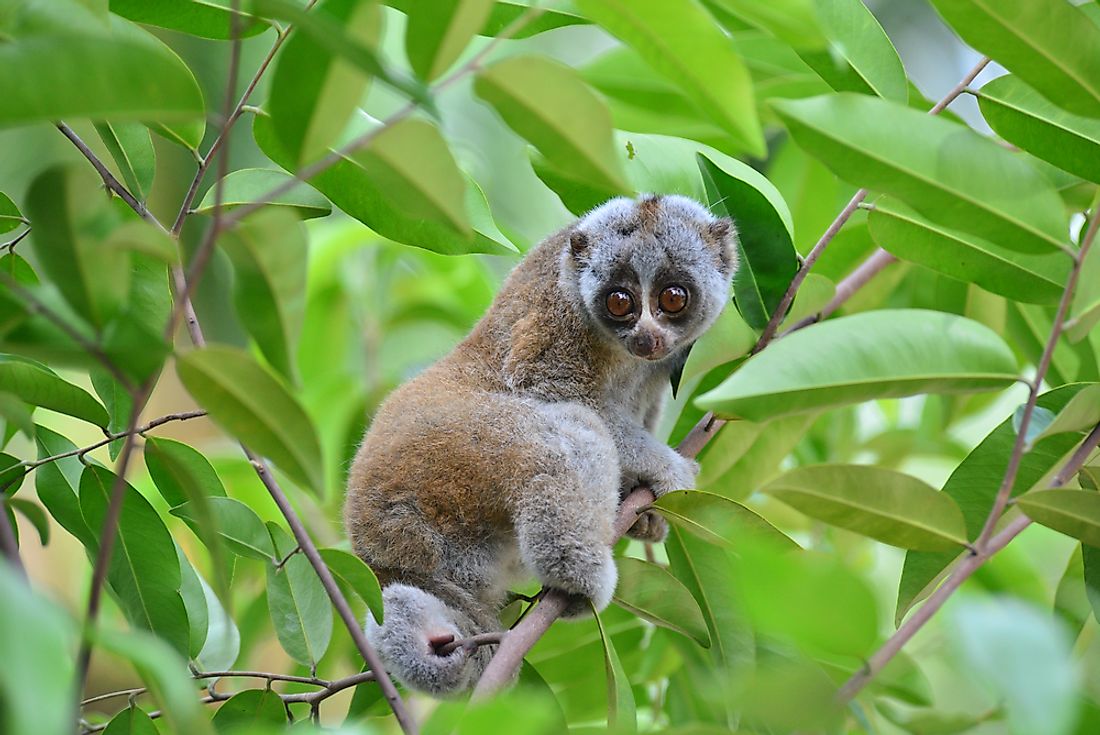
Vietnam is among the most naturally diverse countries in Asia. The country’s coastlines, caves, mountain ranges, swamps, rivers, and tropical forests provide a habitat for wildlife but habitat loss and poaching are serious challenges facing the wildlife of the country. There are four UNESCO biosphere reserves and 30 national parks in Vietnam all of which are under the protection of the government. The following are some of the animals found in Vietnam.
10. Tiger
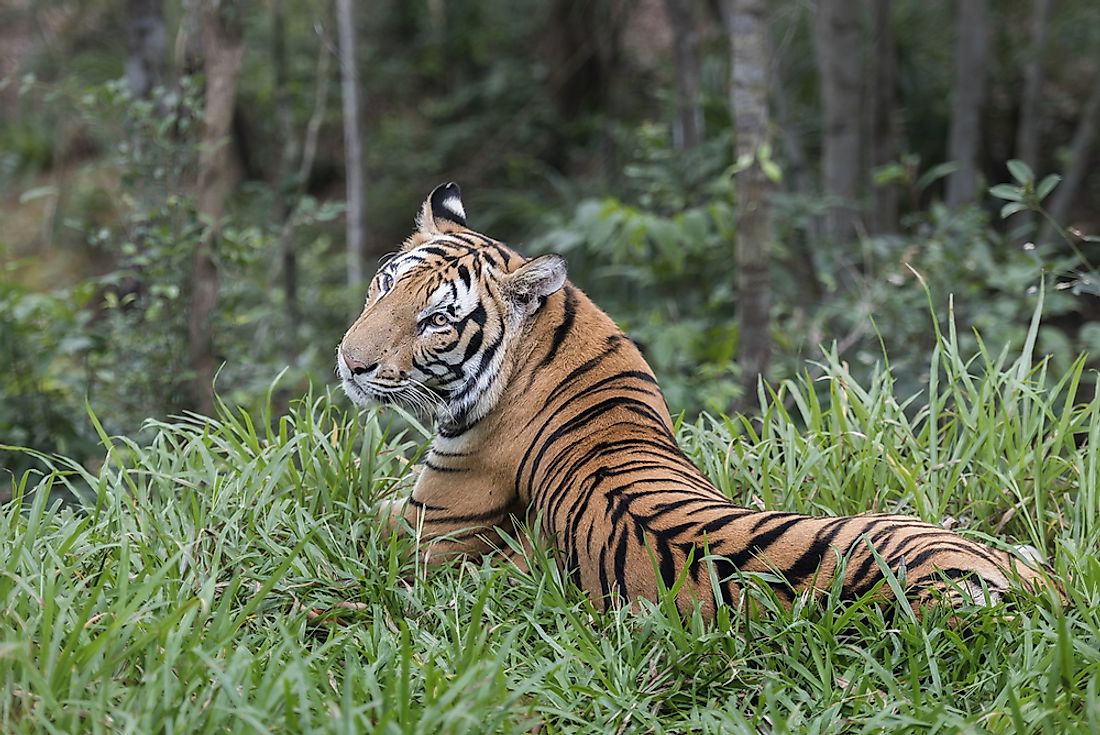
Tigers are the largest cats in the world; they can grow to over 11 feet and weigh over 150 lbs. Initially, there were nine species of tigers but three are considered extinct and the remaining six are critically endangered. There are less than 200 tigers left in the wilderness of Vietnam although the number was much higher 5 decades ago. The tigers of Vietnam were hunted to near extinction in the 80s and 90s to satisfy the demand for claws, skin, and bones used to make Chinese medicines. The loss of habitat due to human encroachment is a serious problem that is likely to push the tigers out of Vietnam sooner than later.
9. Orca
Orcas or killer whales are the largest of the dolphin family. They are fierce predators with the ability to hunt and kill young whales. In Vietnam, orcas can be found in the South China Sea and the Gulf of Thailand. They eat fish, porpoises, seals, dolphins, and sea lions. However, some orcas specialize in a particular prey and are not likely to switch diet. The orcas of Vietnam are threatened by the pollution, whaling, boat and ship accidents, and in some cases, they are trapped in nets left by fishermen in the open sea.
8. Sunda Flying Lemur
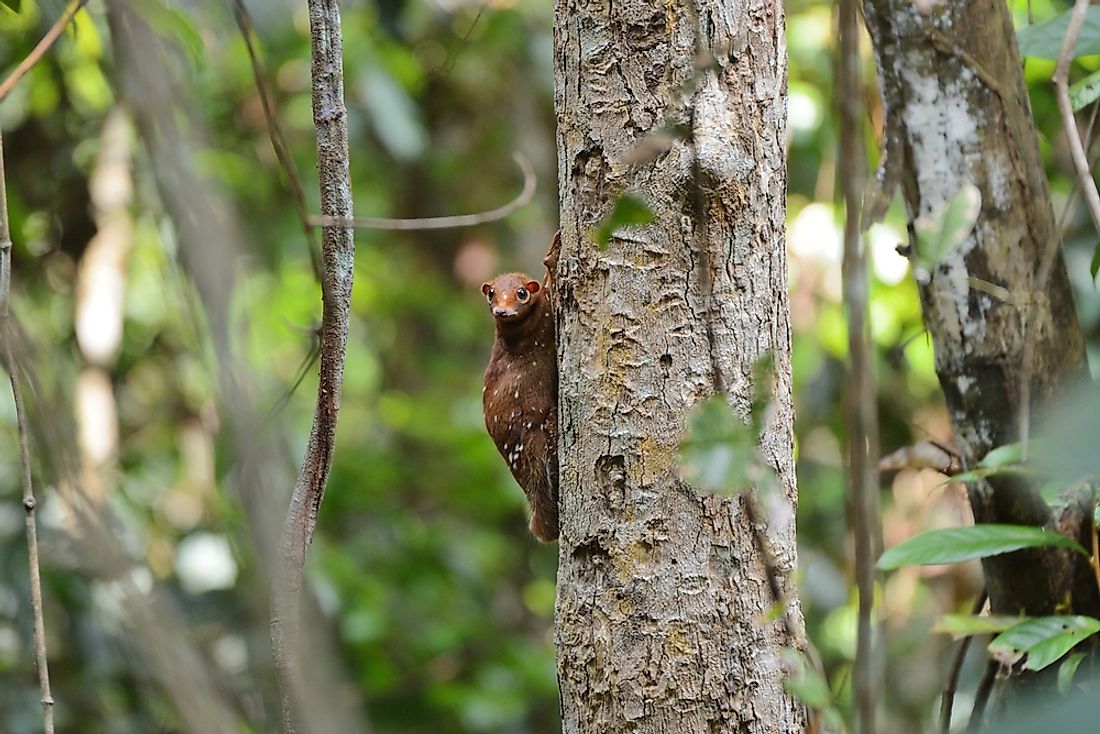
The Sunda/Malayan flying lemur is not a lemur and does not fly as the name suggest. It is a species of colugo and one of the two flying lemurs, the other being the Philippine flying lemur of the Philippines. The Sunda flying lemur is also found in Malaysia, Singapore, Thailand, and Indonesia. This animal glides with help of a thin membrane that stretches from from its face to the tips of its fingers before extending right down to the end of its tail.
7. Black Crested Gibbon
The black crested gibbon is a rare species with a continuous distribution in Northwestern Laos, Southwestern China, and Northern Vietnam. Its habitat consists of dense deciduous, evergreen, or semi-evergreen forests especially those located at high altitudes. The Black crested gibbon was once widely distributed across Central Asia but poaching and habitat destruction have threatened the animals to near extinction. The global population is estimated at less than 2,000 with only 100 in Vietnam.
6. Red-shanked Douc
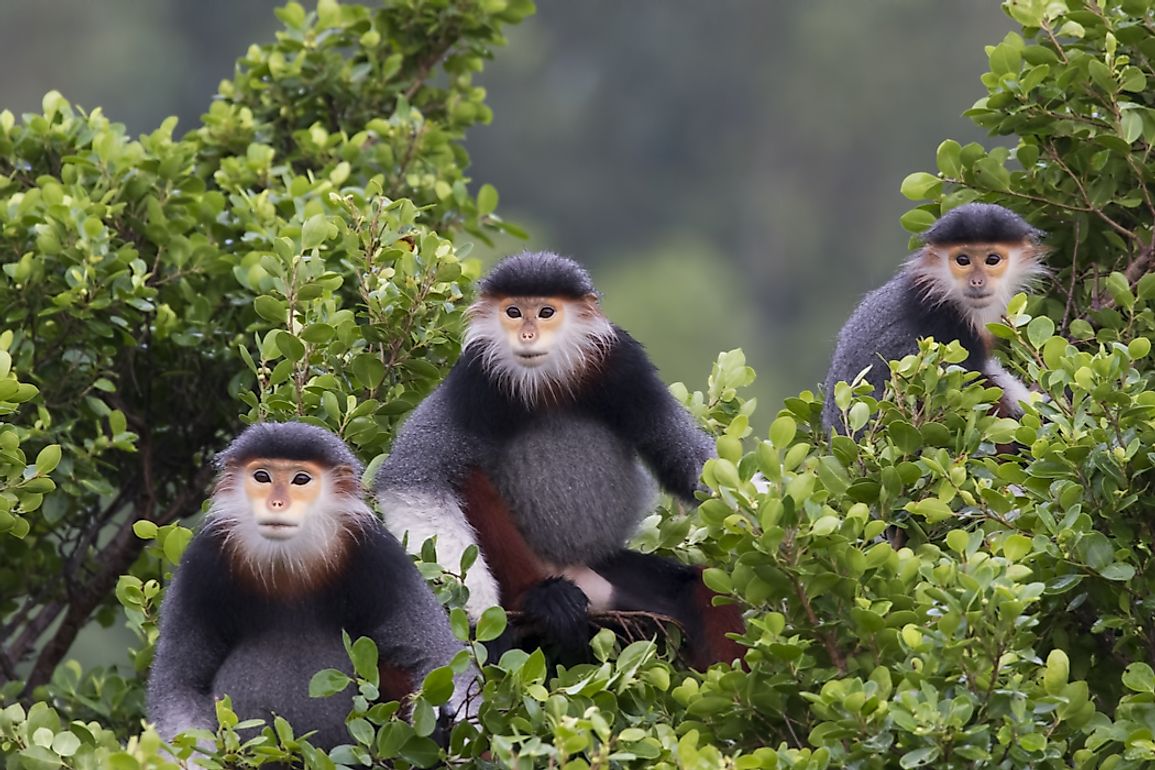
The red-shanked douc is among the most colorful monkey species and is sometimes referred to as the "costumed ape". They are found in Laos and Vietnam but a small population has been sighted in Northern Cambodia. The population in Laos is significantly larger to that of Vietnam because of the conservation efforts in the country. In Vietnam, they are found in Kon Tum and Nghe An Province where they inhabit dense forests. They are hard to come by because they prefer living at the canopy of tall trees away from predators.
5. Slow Loris
The slow loris is found in the Vietnam, China, and Cambodia. It inhabits the evergreen, semi-evergreen, and tropical forest. It is a nocturnal and arboreal animal moves from one branch to another in search of prey. The slow loris feeds on insects, fruits, floral nectar, and tree sap. During the Vietnam War, the clearing and extensive burning destroyed the habitat of the slow loris. Today, hunting, trade, and destruction of habitat threaten them.
4. Spinner Dolphin
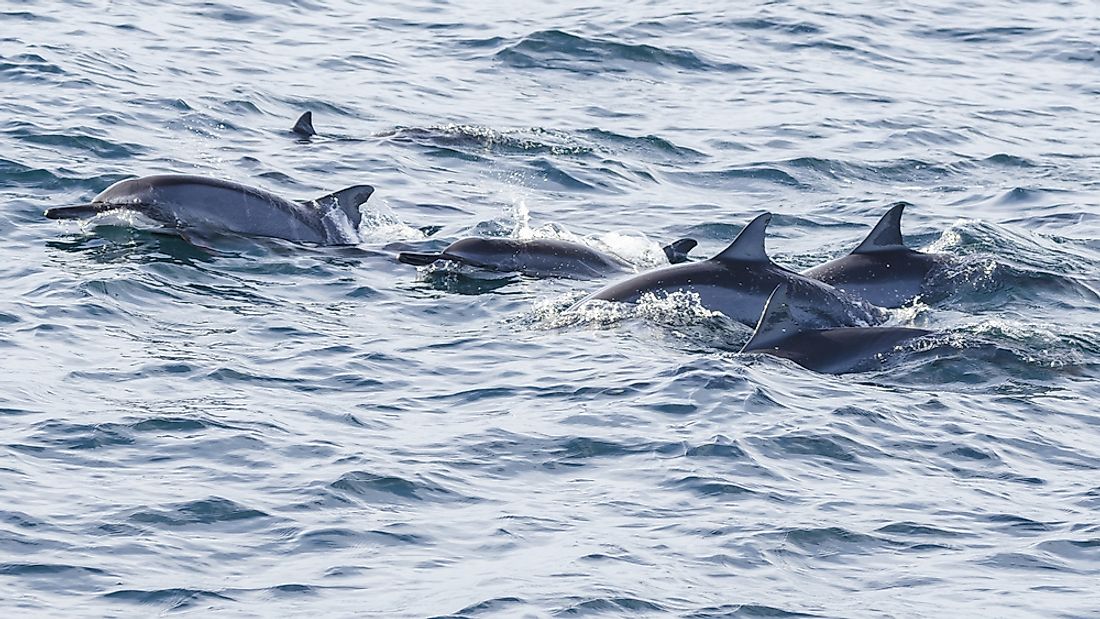
Spinner dolphins get their name from their behavior of leaping and spinning above the water. They live in social groups of about 20-30 members. The spinner dolphins are found in the Atlantic and Pacific oceans. In Vietnam, they can be seen along the coast of the South China Sea and the Gulf of Thailand. Their association with yellow-tuna makes them a considerable bycatch. Their number along the coast of Vietnam has reduced threefold with no sign of recovery.
3. Tonkin Snub-nosed Monkey
The Tonkin snub-nosed monkey is listed among the most endangered species of primates in the world. It is the largest primate in Vietnam and the most endangered. It was once considered extinct until a wild population was discovered in 1989. The Tonkin snub-nose is native to northern Vietnam. They are found in forests in altitudes of between 700 to 3,900 ft. There are about 250 left in the wilderness of Vietnam.
2. Edward's Pheasant
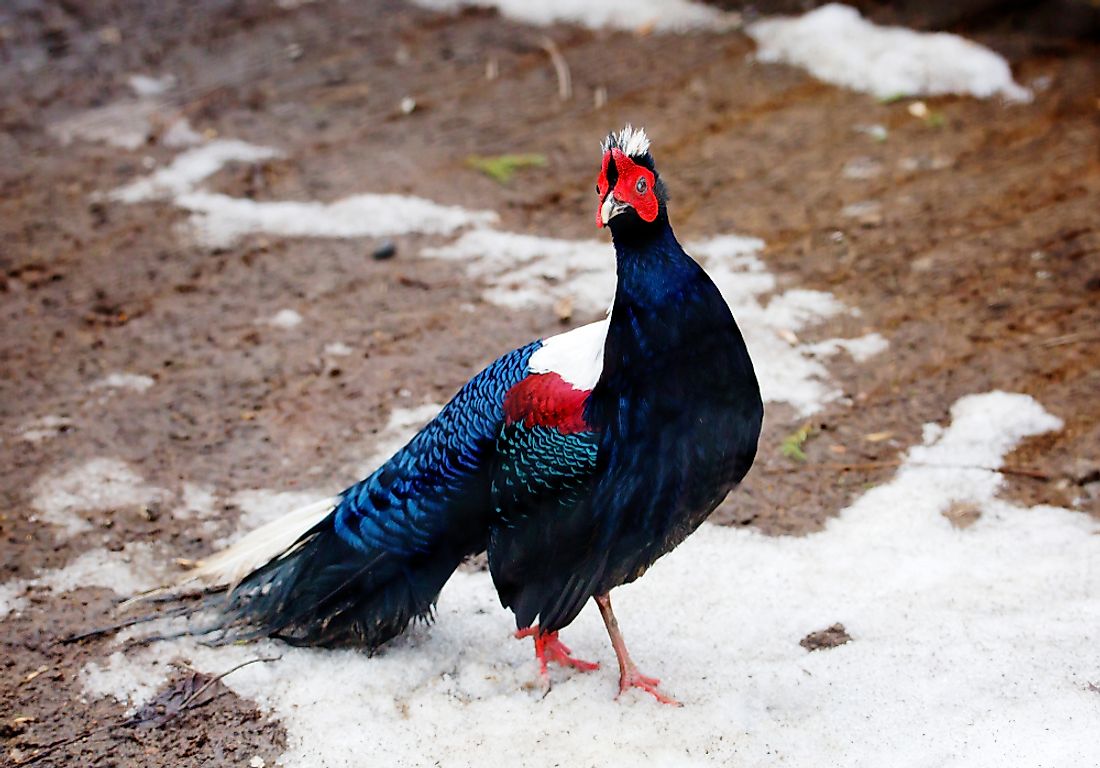
The Edwards’s Pheasant is a bird native to Central Vietnam. It is critically endangered and was extinct in the wilderness after the population was decimated during the Vietnam War. The bird was saved from total extermination by the domesticate population that was reintroduced to the wild.They are rarely seen in the wild but it estimated that there are about 50-249 individuals.
1. Sunda Pangolin
The Sunda/Malayan pangolin is one of the species of pangolin that is found across Southeast Asia. The pangolin is found in Laos, Singapore, Myanmar, Malaysia, Cambodia, Brunei, Vietnam, and Thailand. It prefers living in forests and plantations. The pangolin is among the most trafficked animals on the planet, a factor that is threatening the population of wild pangolins and pushing them to extinction.











